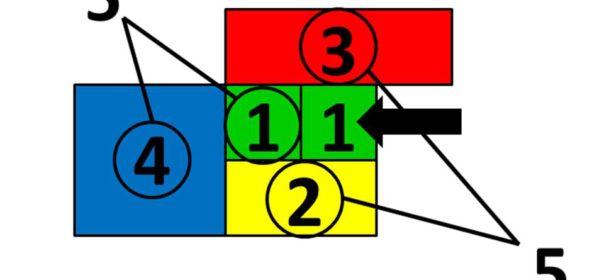Number sense is on display in Primary Tile Questions as students seek a wide variety of ways to add numbers and display their thinking. You may find the connection between area and the value of the shapes to be intriguing. You’ll also find 3 PowerPoint lessons which you can download along with 3 PDFs which will be very useful. The previous post – Tiled Area Questions – focused on adding fractions. In this post, whole numbers are on display. Enjoy Primary Tile Questions! Watch the video and download the lessons and the resources.
Download the 3 PowerPoint files and the PDF sets here.
PowerPoint – Primary Tile Questions Set 1
PowerPoint – Primary Tile Questions Set 2
PowerPoint – Primary Tile Questions Set 3
PDF – Primary Tile Questions Set 1
PDF – Primary Tile Questions Set 2
PDF – Primary Tile Questions Set 3
You may also want to visit the previous post – Tiled Area Questions – to a similar concept that focuses on fractions.
***NEW*** The latest post in the series is ready: 3 Powerful Tile Strategies (and 40 New Downloadable Pages)
You may also enjoy:
Splat! This post includes 50 (fifty!) animated number sense lessons for K-12 teachers.
The Power of Color
5 × 9 is More Than 45
Experiencing Subitizing
The Maze Hundreds Chart
The Animated Multiplication Table
After reading this blog post, take a look at THE 12 MOST POPULAR MATH STRATEGIES AND DOWNLOADS ON THIS BLOG.
Thank you for visiting my blog!
All my best,
Steve
Subscribe Here!
You will receive the latest updates as soon as they are posted!

Leave a Reply